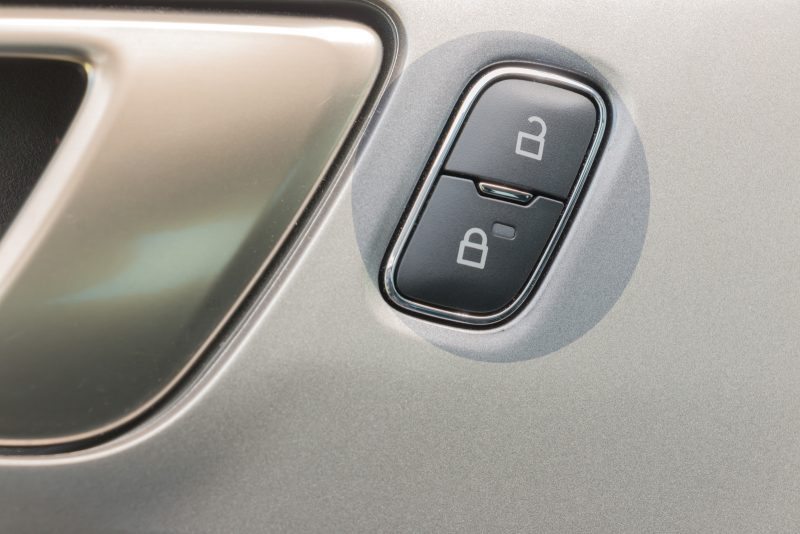
If you’re like most people, you probably take your car’s central locking system for granted. But what happens when it fails? Suddenly, you can’t get into your car or worse, it won’t lock at all! don’t worry, we’re here to help. In this post, we at stronghold locksmith show you how to fix a car’s central locking system. So read on and learn how to get your car up and running again in no time by our Locksmith Newstead!
What Is The Purpose Of A Car Central Locking System?
A car central locking system is designed to provide security for your vehicle. It works by locking all the doors of the car at once, making it more difficult for thieves to break in. In some cases, the system may also include an alarm that sounds if someone tries to force their way into the car.
Why isn’t your vehicle’s central locking system operating?
The central locking system has its bad periods, as does everything else. The car’s central locking system may be damaged for a variety of reasons. To reduce the number of situations, the following are the most prevalent causes as mentioned by our Locksmith Newstead:
1. Your car battery has died or is refusing to function
Every electrical device requires a power boost. As a result, verify your automobile battery to ensure it is in good working order. Furthermore, if your battery goes dead, you may experience a variety of issues.
2. The key fob battery is dead or has failed
The central locking system’s electrical elements aren’t the only ones that require juice; likewise, the key fob does. Because the key fob’s battery lasts a long time, many drivers may forget about it. This is one of the most prevalent reasons behind car locks breaking down. All you have to do in this situation is change the key fob battery if replacing it doesn’t work. If changing the battery fails to cure the problem, however, there may be an issue with your key fob and you should contact your local dealer or Locksmith Newstead for further diagnosis.
3. A blown fuse
While every door works except one door, there may be a blown fuse. Fuse replacement is the solution and it is very cheap and easy.
4. A bad solenoid
A bad solenoid can also cause the previous problem where one door doesn’t work while others do. However, replacing a solenoid costs more than replacing a fuse and it also requires more complicated steps.
Read More About: How To Program A Car Key
5. A broken wire
Sometimes, it is not the battery problems that cause a broken car central locking system, but a faulty wire is or the locks are either stuck or poorly lubricated, this could be a problem as well.
How To Install A New Vehicle Central Locking System
Installing a new central locking system is not rocket science. In fact, it’s a pretty straightforward process that anyone can do with a little patience and the right tools. Here’s what you’ll need to get started:
- A new central locking system
- A screwdriver
- A drill
- Wire cutters
- Electrical tape
Read More About: How Long Does It Take To Get A Key Cut?
Here’s how to install your new central locking system:
First, disconnect the battery by removing the negative cable. This will prevent any electrical shocks while you’re working on the car. Next, remove the door panel so you can access the wiring. Use a screwdriver to loosen the screws and then gently pry the panel off. Once you have access to the wires, use wire cutters to cut the old wires. Then, strip the ends of the new wires and use electrical tape to connect them to the old wires. Once everything is connected, reattach the door panel and then reconnect the battery. Test the new system by locking and unlocking the doors. If everything works properly, you’re done if this doesn’t work for you kindly contact our Locksmith Newstead!
Conclusion:
So there you have it! Now you know how to fix a car’s central locking system. We hope this post has been helpful and that you can get your car up and running again in no time! Thanks for reading! If you have any questions or comments, please feel free to leave them below or contact our Locksmith Newstead. We love hearing from our readers! Or if you want to learn more about car maintenance, check out our other blog posts on the subject. Happy driving!


